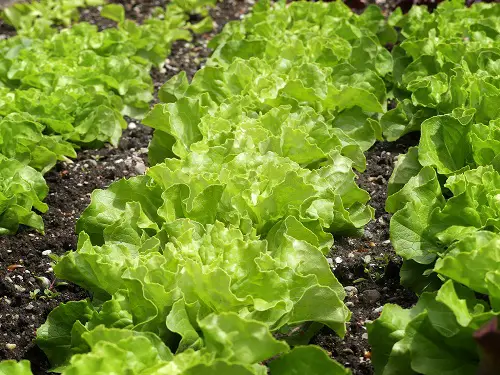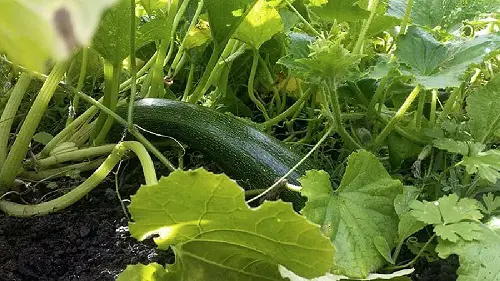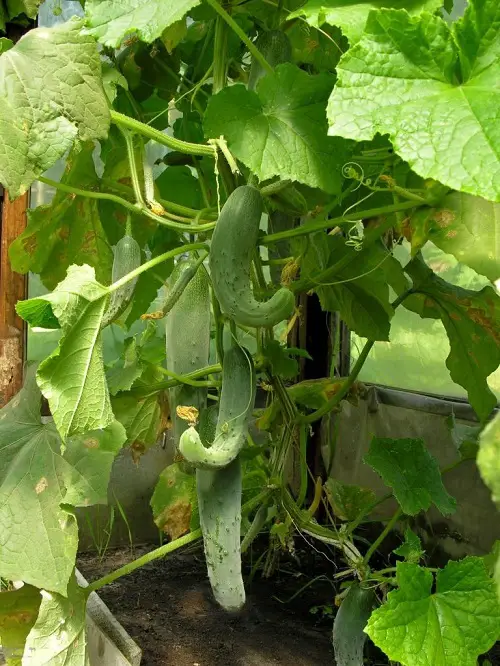Here are the Best Watermelon Companion Plants that will ensure you get the juiciest harvest! We have also included the bad ones.
Read on to learn about the Best watermelon Companion Plants and also the bad ones that will ensure you get the best and juicy fruits!
Is Watermelon a Fruit or a Vegetable
Best Watermelon Companion Plants
1. Onion
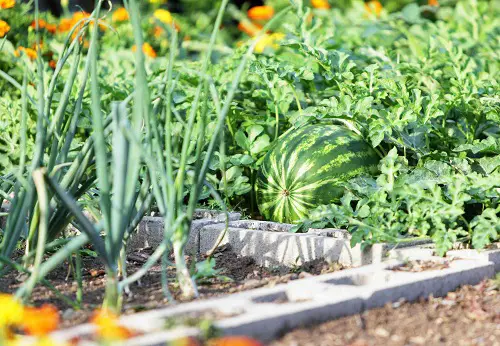
Onion is a great companion plant for watermelons as it can repel insects and pests that may attack the watermelon plant. Onions are also known for their ability to deter animals such as rabbits and deer from feeding on the watermelon crop.
2. Garlic
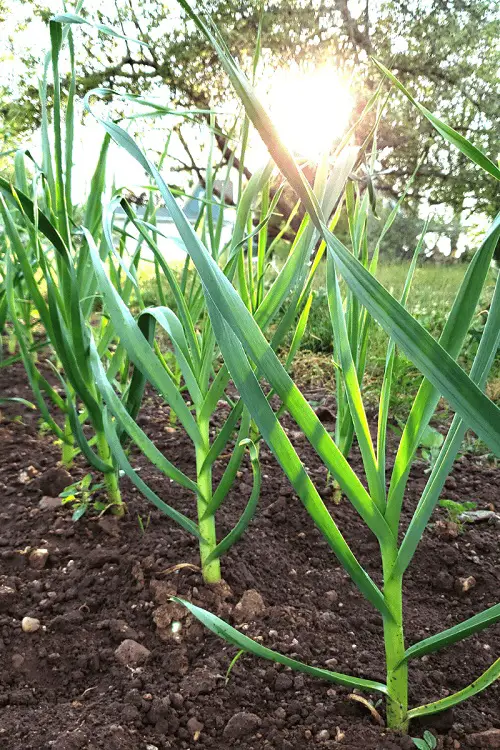
Garlic repels pests such as aphids and spider mites. It can also help to improve soil health by deterring harmful soil-borne pathogens and adding organic matter when the plant decomposes.
Here are the Best Garlic Companion Plants
3. Leeks
Leeks are members of the onion family and share many of the same benefits when used as a companion plant for watermelons. They can help to repel insects and pests while improving soil quality.
4. Chives
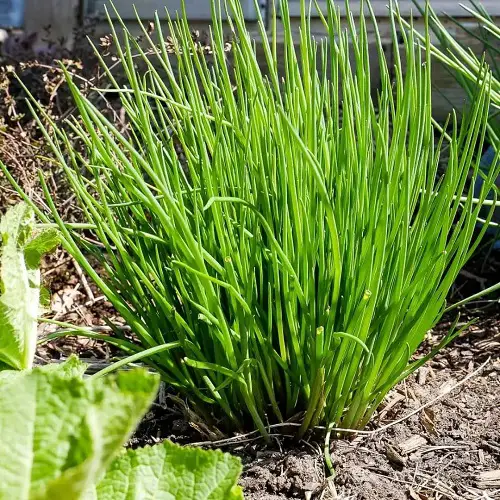
Chives can help to repel aphids and other pests while attracting beneficial insects such as bees and butterflies. They are also an excellent source of nutrients for the soil and can help to improve the overall health of the watermelon crop.
5. Shallots

Shallots can help to deter pests and repel harmful pathogens from the soil. They can also add organic matter to the soil when they decompose, helping to improve soil quality.
6. Beans
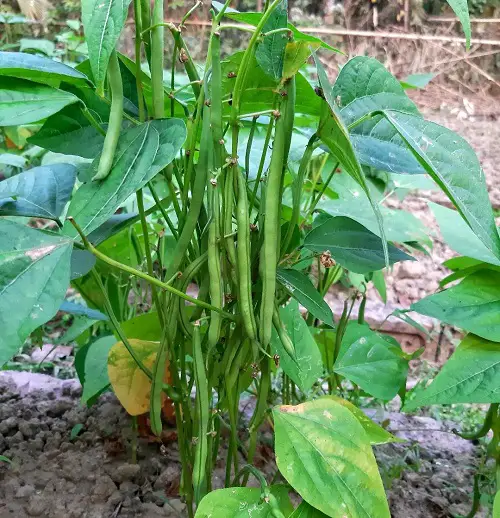
Beans are legumes that can fix nitrogen in the soil, making them an excellent companion plant for watermelons. Nitrogen is a vital nutrient that watermelon plants require to produce healthy foliage and fruit.
7. Carrots
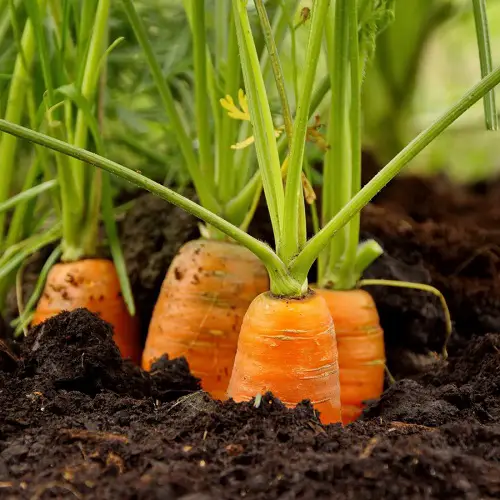 Carrots have a shallow root system that will not compete with the watermelon plant’s roots. Also, they can help to break up compacted soil, improving water and nutrient absorption.
Carrots have a shallow root system that will not compete with the watermelon plant’s roots. Also, they can help to break up compacted soil, improving water and nutrient absorption.
8. Spinach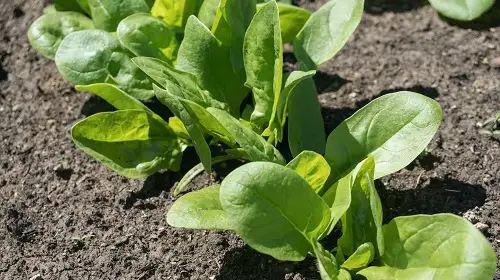
Spinach can help to shade the soil and prevent water loss due to evaporation. It also has shallow roots that do not compete with the watermelon plant’s roots, making it an ideal companion.
9. Lettuce
Lettuce has shallow roots and does not compete with the watermelon plant’s roots for nutrients and water. It can also help to improve soil quality by adding organic matter and nutrients when it decomposes.
Learn some brilliant lettuce harvesting tips here
10. Mint

Mint has natural insect-repellent properties that can help to deter pests and insects from attacking the watermelon crop. The strong scent of mint can help to mask the smell of the watermelon plant, making it less attractive to pests.
Learn How to Grow Mint in a Small Space
11. Catnip
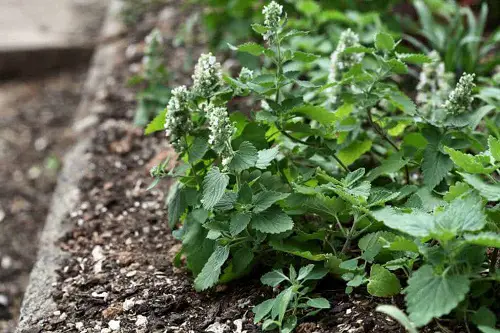
Catnip has natural insect-repellent properties and can help to deter pests such as aphids and squash bugs. Additionally, catnip can attract beneficial insects such as bees and butterflies, which can help to pollinate the watermelon crop.
12. Tansy

Tansy will help to repel cucumber beetles, squash bugs, and aphids, which can damage watermelon plants. Plant tansy around the perimeter of the bed and watermelon plants in the center to take advantage of their insect-repelling properties.
13. Nasturtiums
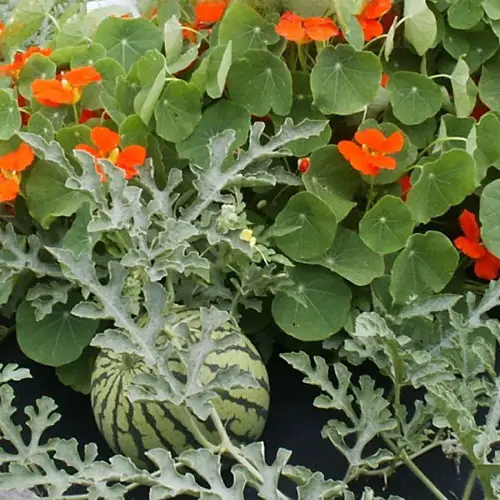
Nasturtiums repel various pests and also attract pollinators, which can help with watermelon pollination. Additionally, their trailing stems can act as a living mulch, keeping the soil cool and moist.
14. Marigolds
Marigolds help to repel pests, especially nematodes, from watermelon plants, while the watermelon provides shade and support to the marigolds. Additionally, the marigolds can help to attract pollinators to the watermelon flowers, improving the fruit.
15. Radishes
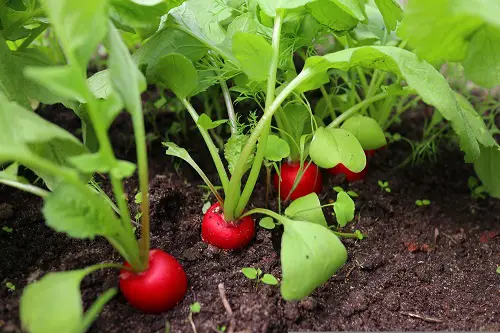
Radishes deter cucumber beetles, squash bugs, and other harmful insects that can damage watermelon plants. You can also harvest it in just a few weeks, leaving behind open soil that allows watermelons to spread their roots and access nutrients more easily.
16. Basil

Its strong scent can confuse and deter pests like thrips, spider mites, and aphids, which can cause significant damage to watermelon plants. Basil also contains essential oils that can enhance the flavor of watermelons when grown nearby.
Bad Companion Plants for Watermelons
These are those plants that can hinder the growth and productivity of watermelons.
1. Sunflowers
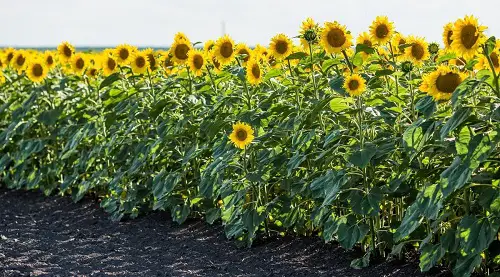
Sunflowers release allelochemicals, which can accumulate in the soil and negatively impact the growth and development of watermelon plants. Sunflowers can also compete with watermelons for water and nutrients, leading to stunted growth and reduced yields.
2. Zucchini
Zucchini is another bad companion plant for watermelons as they both belong to the same family, Cucurbitaceae. This means that they can both be susceptible to the same pests and diseases, which can quickly spread between the plants.
3. Cucumbers
Cucumbers attract beetles and squash bugs, which can harm watermelon plants. They also have a high demand for nutrients, which can compete with watermelons for resources, leading to lower yields.
4. Cauliflower

Cauliflower is a bad companion plant for watermelons as it requires similar growing conditions and nutrients. This can lead to intense competition between the two crops, which can result in lower yields and stunted growth.
Learn Growing Cauliflower in Containers
5. Kale

Kale attracts pests that can harm watermelon plants. It is known to have a high demand for nutrients, which can compete with watermelons for resources, leading to lower yields. Check out this article on growing Kale in pots.
6. Mustard Greens
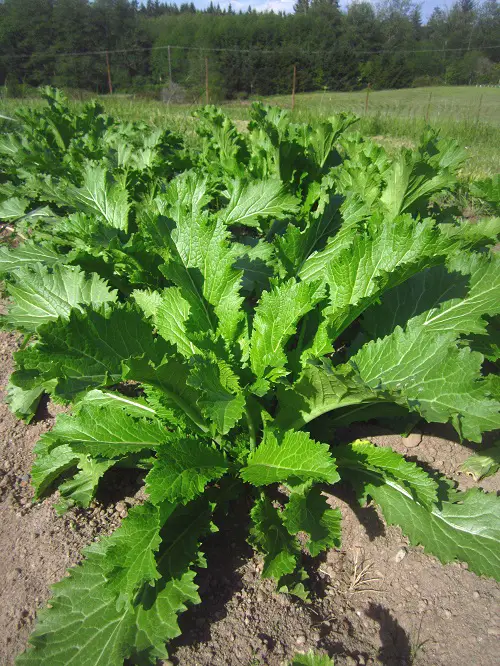
Mustards release chemicals that can inhibit the growth of other plants, including watermelons. They contain compounds that can be toxic to watermelon plants, leading to reduced growth and yields.
7. Cabbage
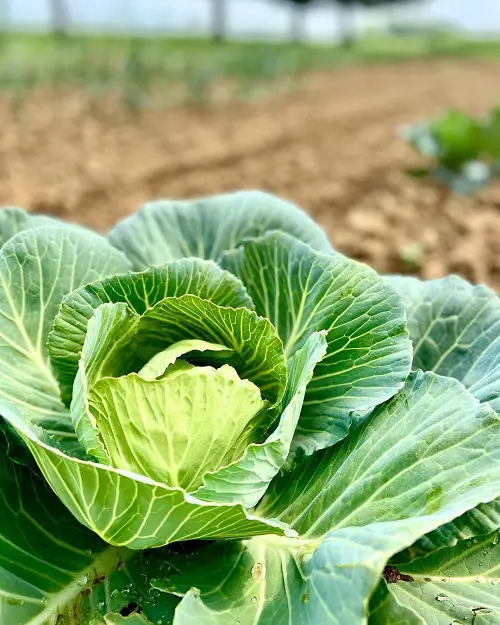
Cabbage is a heavy feeder that can compete with watermelon plants for nutrients. Both crops require similar soil conditions and nutrients, which can lead to nutrient deficiencies.
Learn How to Grow Big & Gigantic Cabbage
8. Pumpkins

Pumpkins are also part of the Cucurbitaceae family and can be susceptible to the same pests and diseases that can harm watermelon plants.
They also have a large spreading habit, which can create shading and competition for water and nutrients, leading to reduced yields for watermelon plants.
9. Tomatoes
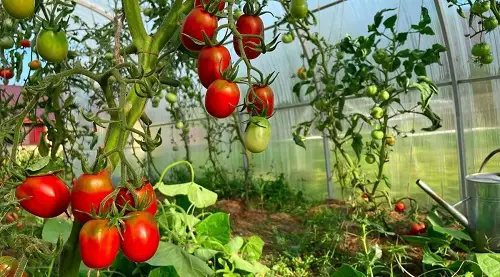
Tomatoes have similar nutrient requirements and can compete for resources, leading to reduced yields for both crops. Furthermore, tomatoes can attract pests that can also harm watermelon plants.
10. Peppers
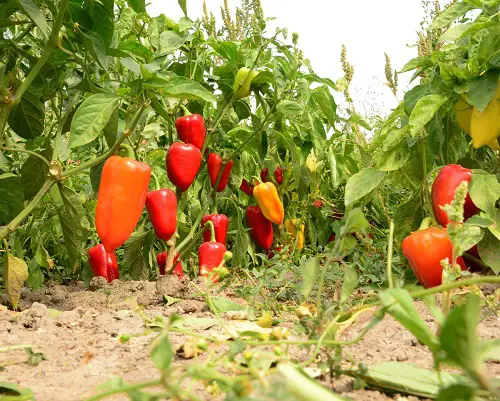
Peppers attract pests and diseases that can harm watermelon plants. Additionally, peppers have a high demand for nutrients, which can compete with watermelons for resources and lead to reduced yields.
11. Potatoes
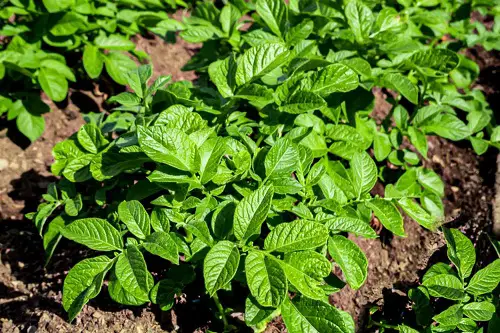
Potatoes are heavy feeders that can quickly deplete soil nutrients, leaving less for the watermelon plants. Additionally, potatoes can attract pests that can also harm watermelon plants.



